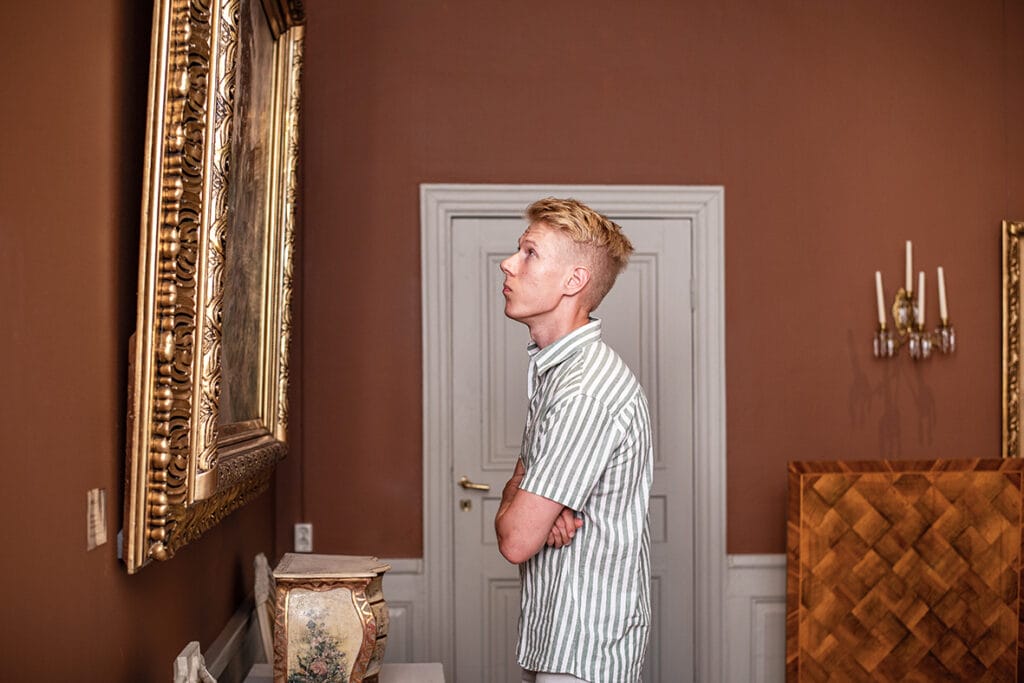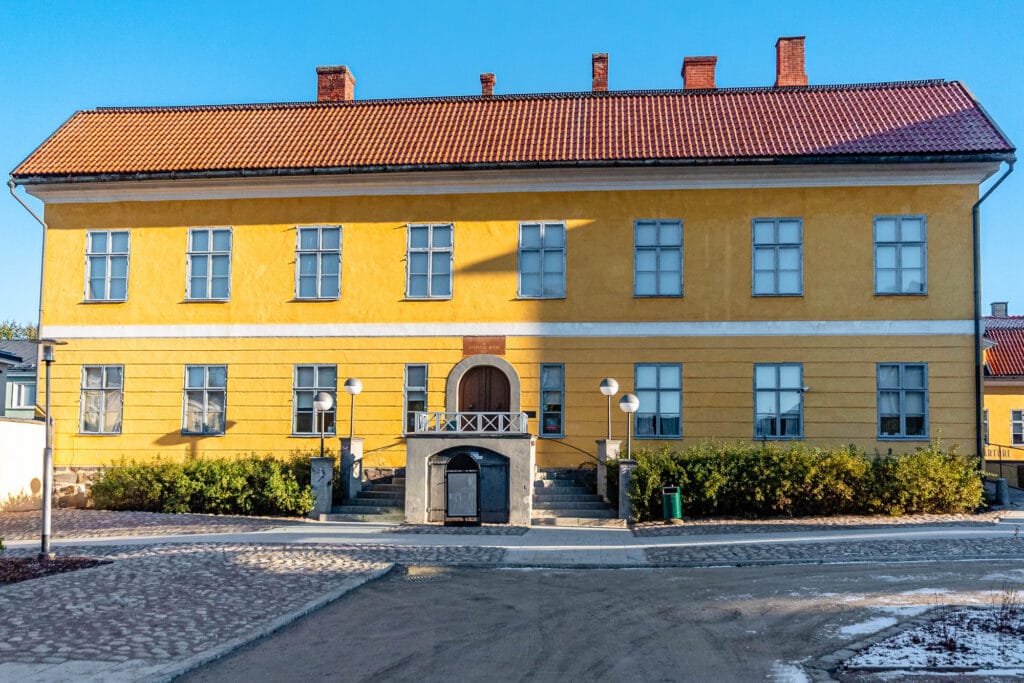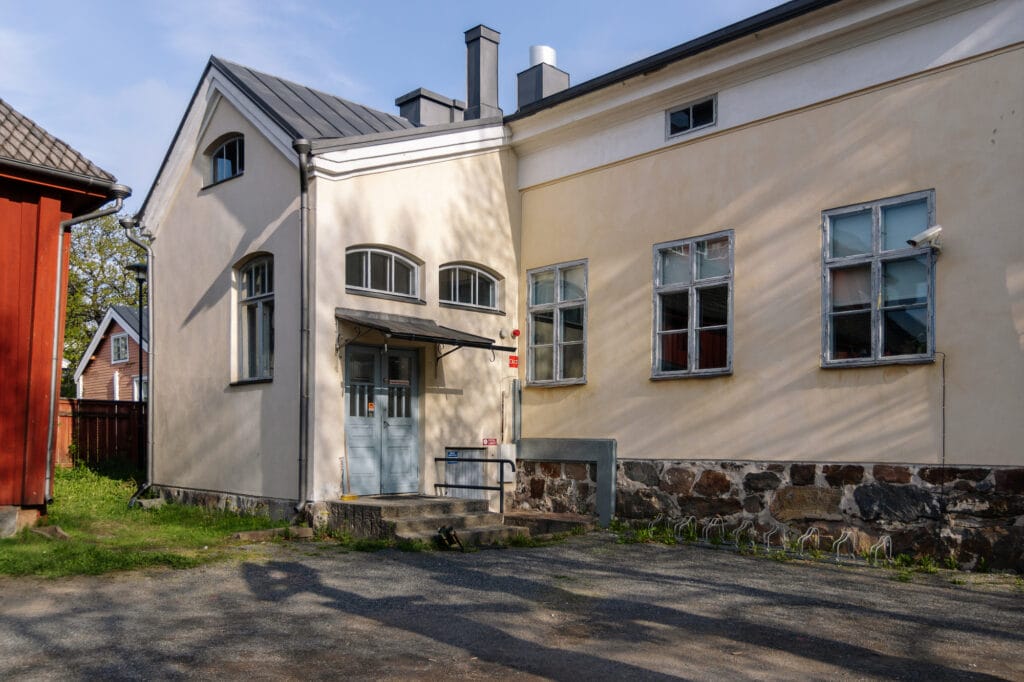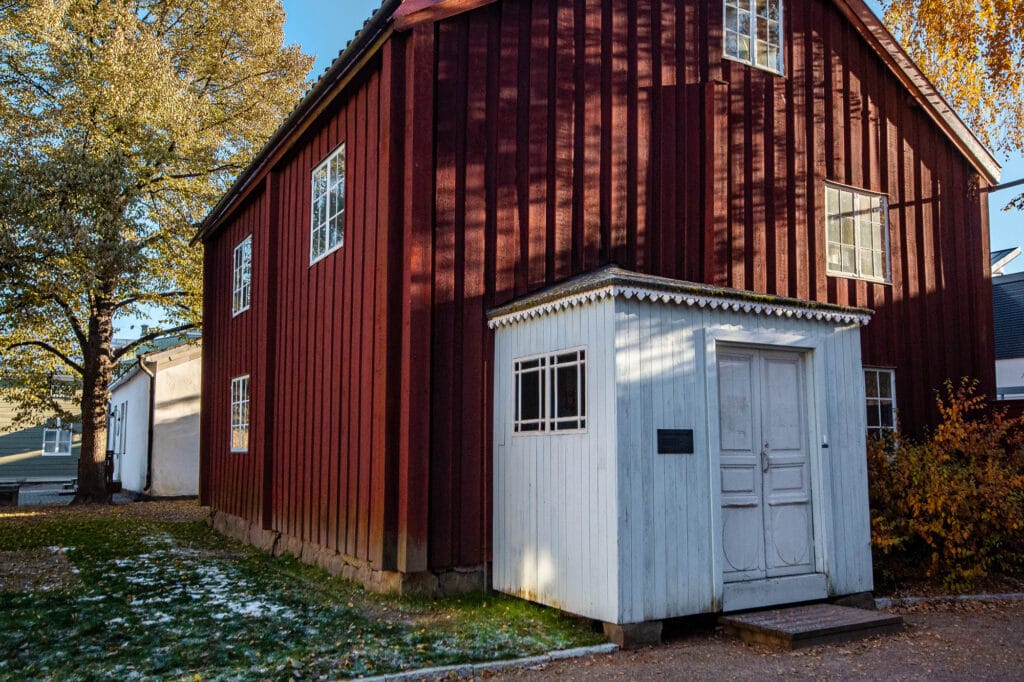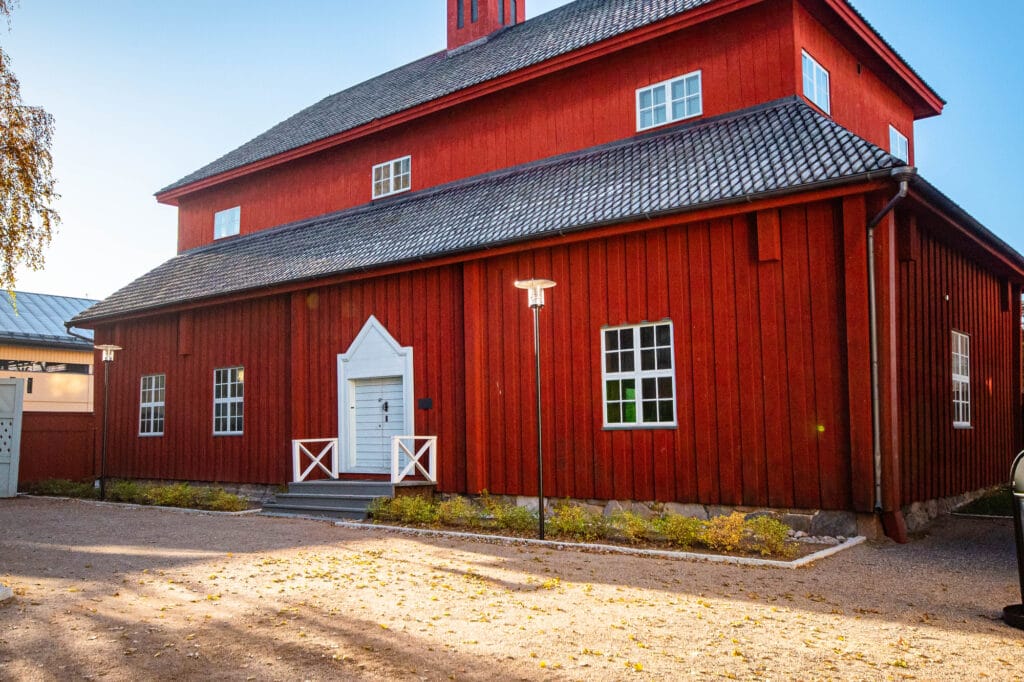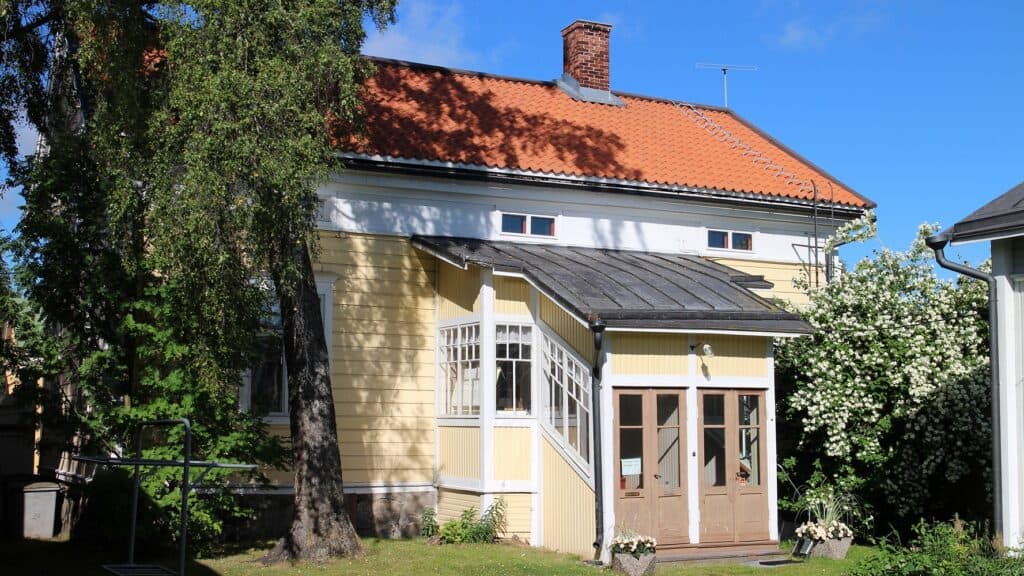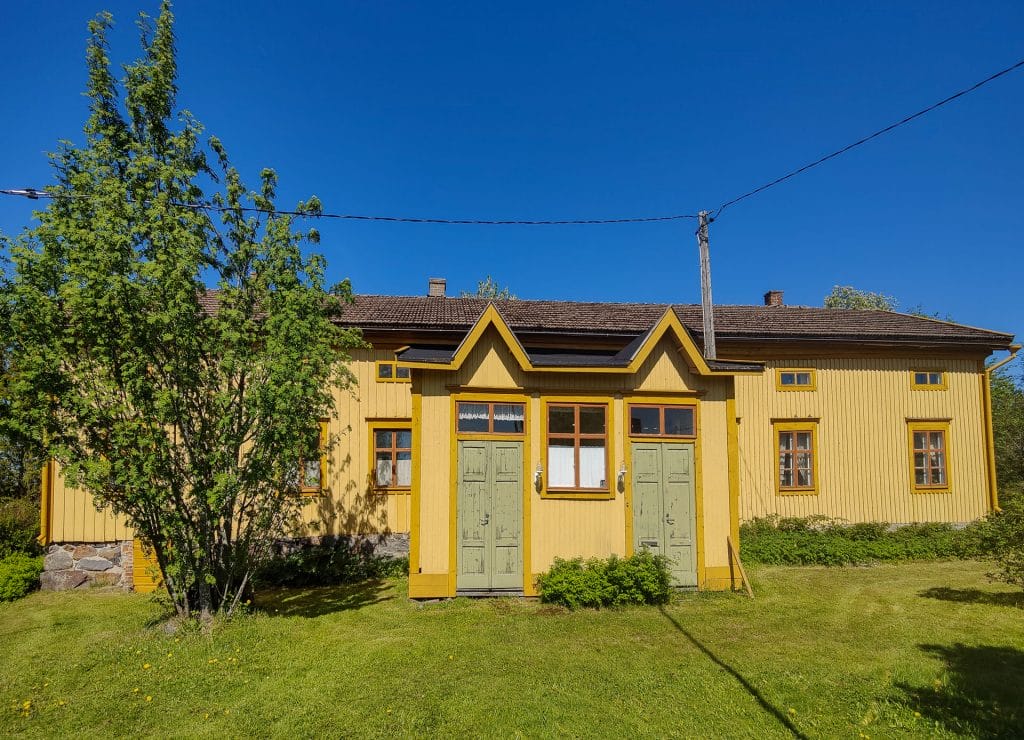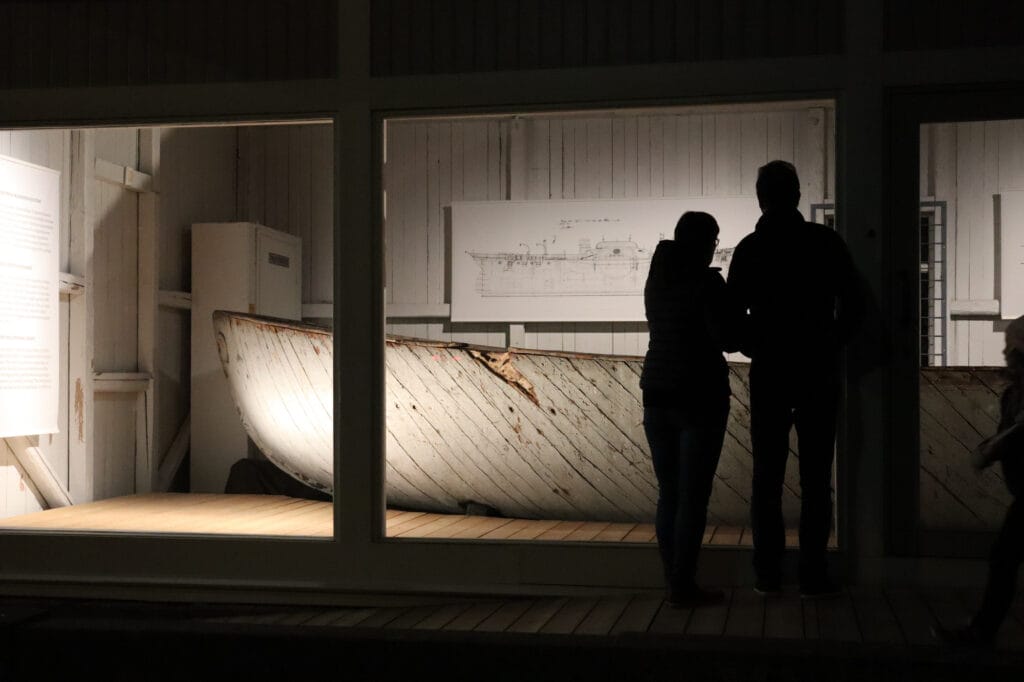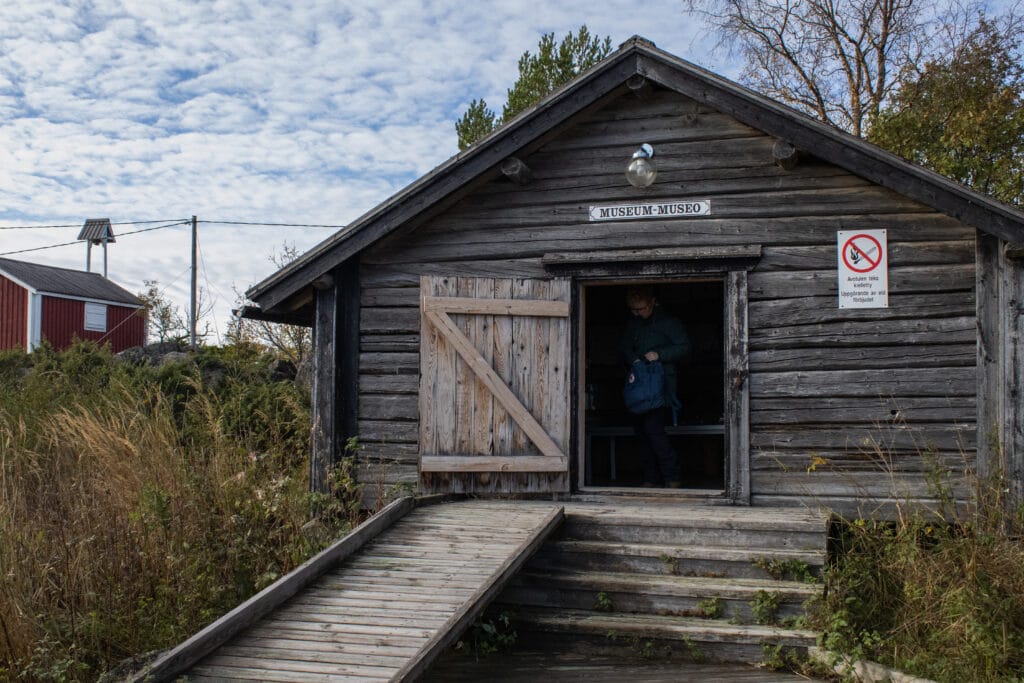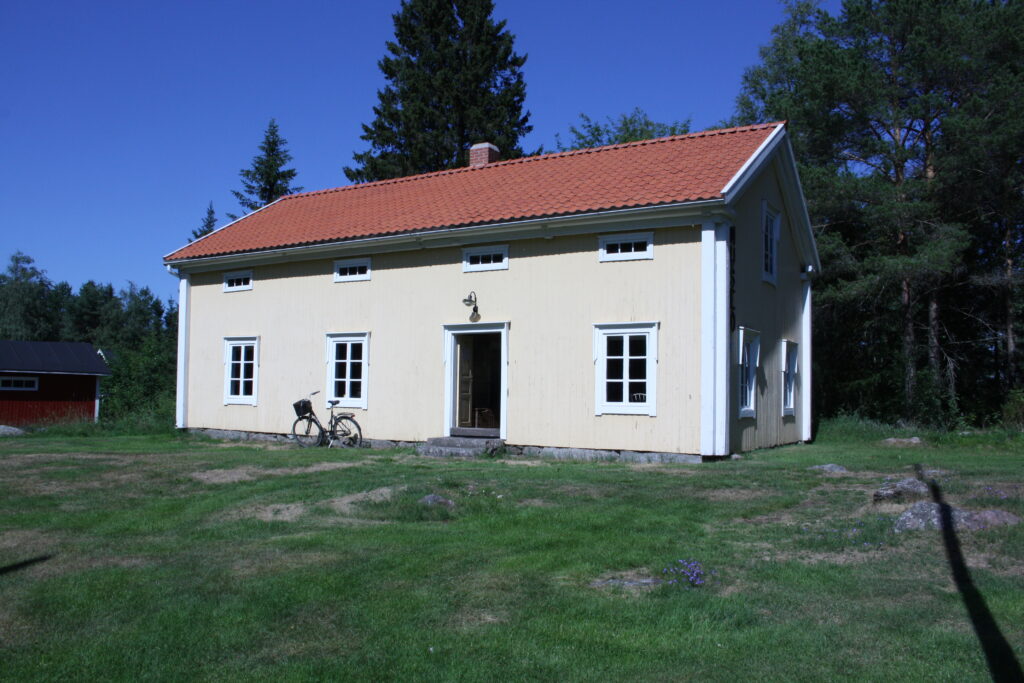Roos House
Pitkänsillankatu 39, Kokkola
The Roos House is a combination of art and the history of Kokkola. The exhibition on display on the top floor of the Roos House includes pieces from the Finnish golden age and they are part of the art collection bequeathed by Renlund. The collection includes pieces from artists such as Beda Stjernschantz, Magnus Enckell, Albert Edelfelt, Pekka Halonen, Viktor Westerholm and Elin Danielson-Gambogi. In addition to the impressive art collection the exhibition also gives a glimpse into the 1900th century Kokkola, and displays the life of the Roos family and the history of Mr. K. H. Renlund. The first floor of the Roos House is reserved for temporary exhibitions as well as the Museum Shop that specializes in local products. This unique camera collection of photographer Leo Torppa housed in the salt storehouse next to the Roos House is closed to the public at the moment.
Merchant Anders Roos built the Roos House in 1813. The building’s architecture is influenced by neoclassicism and rococo. The top floor was a banquet room and reception room where e.g. Emperor Alexander I of Russia was greeted when he visited Kokkola in 1819. The first floor was used for informal use. It offered premises for Anders Roos shop and a home for the Roos family’s ten children.
The Roos family were wealthy merchants and ship-owners. In 1800, Anders Roos was Finland’s richest man based on the wealth tax. During his lifetime Kokkola was among the Finland’s leading tar trading and seafaring towns.
